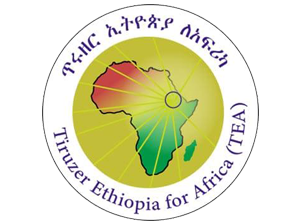Ethiopian Traditional Dress
With such a vast diversity of ethnic groups, Ethiopia doesn’t have one type of traditional dress. Some ethnic groups don’t even wear clothing and some wear very little. In one ethnic group, the men drape colorful cloth around their bodies.
Another group’s traditional dress includes a fur front piece while still another’s includes leather. Hamar men and women traditionally wear goat skins while Afar people traditionally wear a waistcloth. So as with everything in Ethiopia, you can’t just say, “This is the Ethiopian cultural dress.”
But there are a couple of Ethiopian clothing items that people in the western world are more aware of. One type is the habesha kemis. Usually made of white, beige, or gray chiffon, the habesha kemis is a woman’s dress that falls to the ankles and is often worn with a shawl. This is the traditional dress of women from the Habesha group and it often has embroidered borders.
The Ethiopian suit is a term for a men’s shirt that hangs to the knees and has long sleeves, along with matching pants. Made out of chiffon, it is usually worn with a shawl. The shirt may or may not have a collar.
Many Ethiopians wear a gabi— a handwoven cloth placed over the shoulders and upper body. Made of chiffon, a gabi has four layers.
But as we said, the type of clothing you will see will vary by area and ethnic group. In some tribes, the men wear a piece of cloth over one shoulder that hangs down. More research will give you a better idea of the diversity found in Ethiopian dress. We hope you continue to learn about Ethiopia and its people.
